
Incorporating planting ideas into your classroom can make learning fun and fresh. Students can grow herbs, build tiny forests in jars, or create seed bombs to plant later. These activities teach teamwork, nature, and how to care for the planet.
Plants help students learn about growth, colors, and taking care of living things. Every project is a chance to explore science and creativity together.
Grow a classroom garden with easy plants like sunflowers or beans. Use recycled materials to make pots or planters.
These projects spark curiosity and help kids connect with the environment. Learning through planting is hands-on and exciting. Watch students grow plants and confidence at the same time.
Discover 15 simple ideas to make your classroom green and lively.
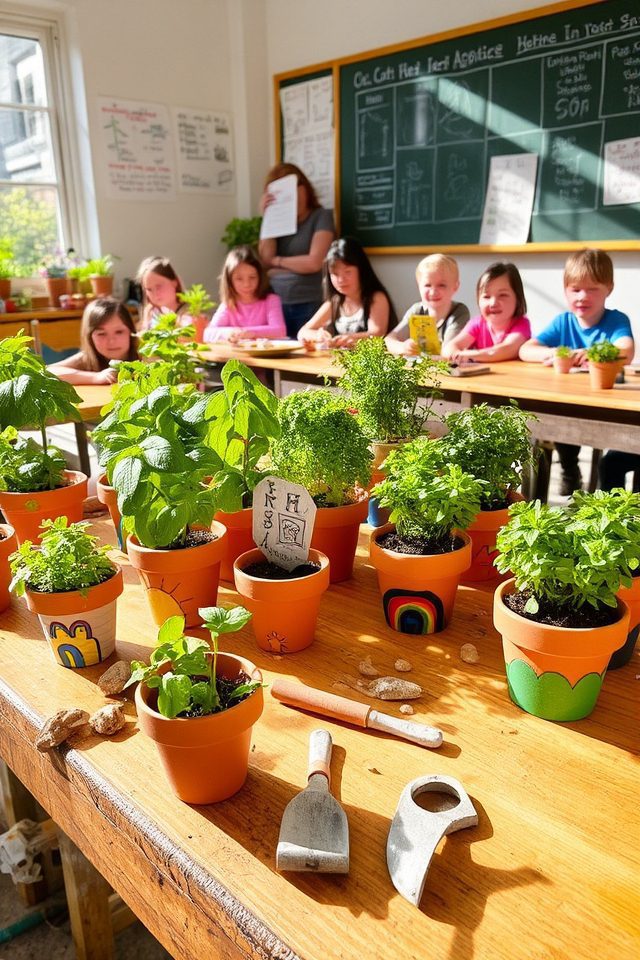
Create an engaging Herb Garden Station in your classroom to inspire creativity and hands-on learning. Students can pot various herbs, such as basil, mint, and parsley, and study their growth cycles. Incorporate lessons about plant biology, culinary uses, and environmental benefits. Encourage students to decorate their pots with unique designs that reflect their personalities. This interactive space not only nurtures plants but also cultivates a growth mindset and teamwork among students as they care for their green companions.
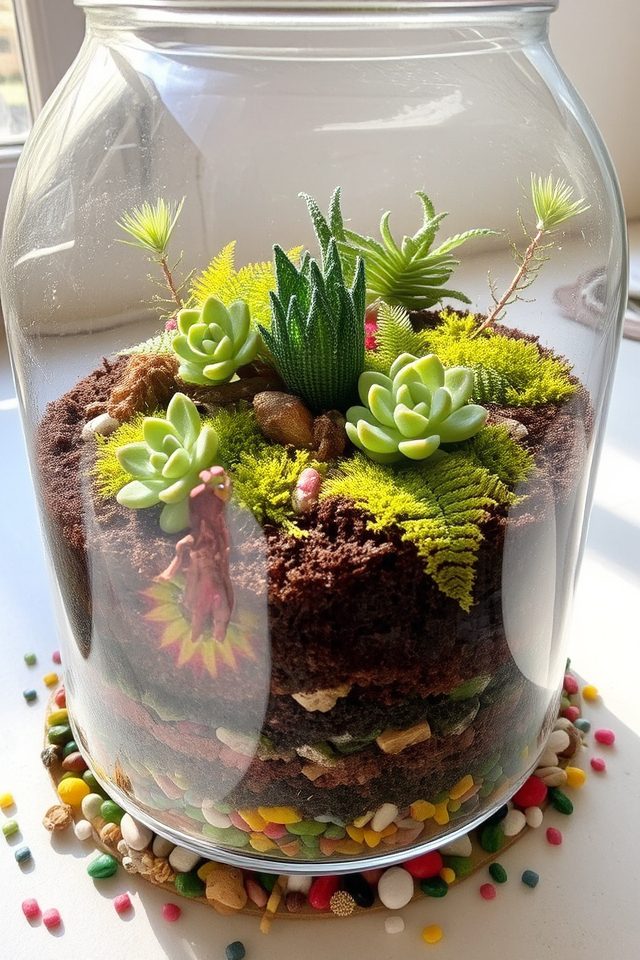
Terrarium crafting is a delightful way to spark creativity in the classroom. This hands-on activity allows students to design and maintain their own mini ecosystems using a variety of plants, soil, and decorative elements. By layering materials and selecting different types of flora, students learn about plant care and ecosystems while expressing their artistic vision. Terrariums also serve as beautiful living decorations that can enhance the classroom environment, making learning more engaging and dynamic.
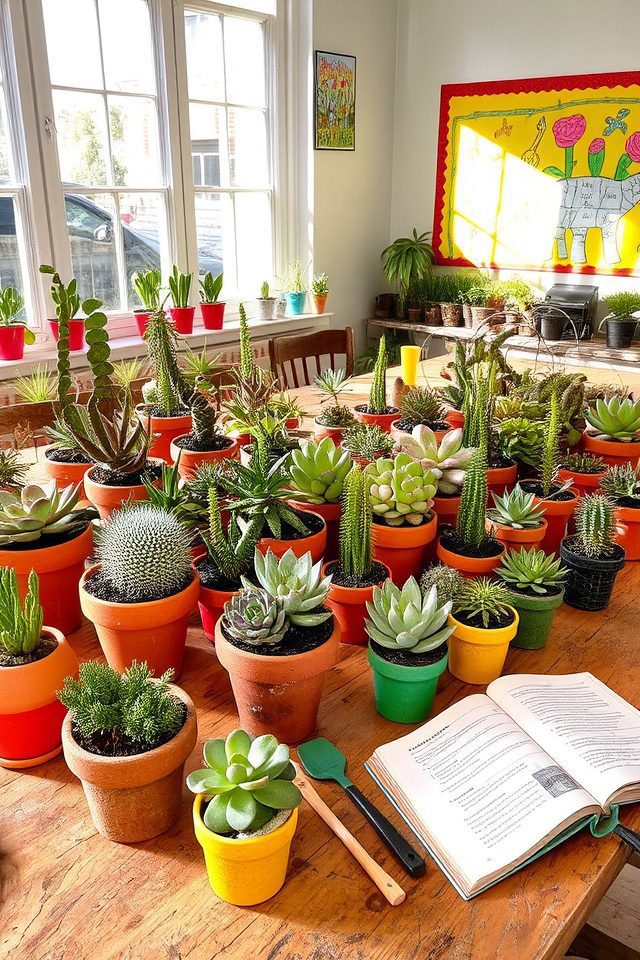
Creating a classroom succulent display is a vibrant way to introduce students to plant care and responsibility while enhancing the learning environment. These low-maintenance plants come in various shapes and colors, making them visually appealing and perfect for desk or windowsill arrangements. Students can participate in potting them, learning about ecosystems and photosynthesis. This hands-on project not only encourages creativity but also fosters a sense of community as students collectively nurture their green companions.
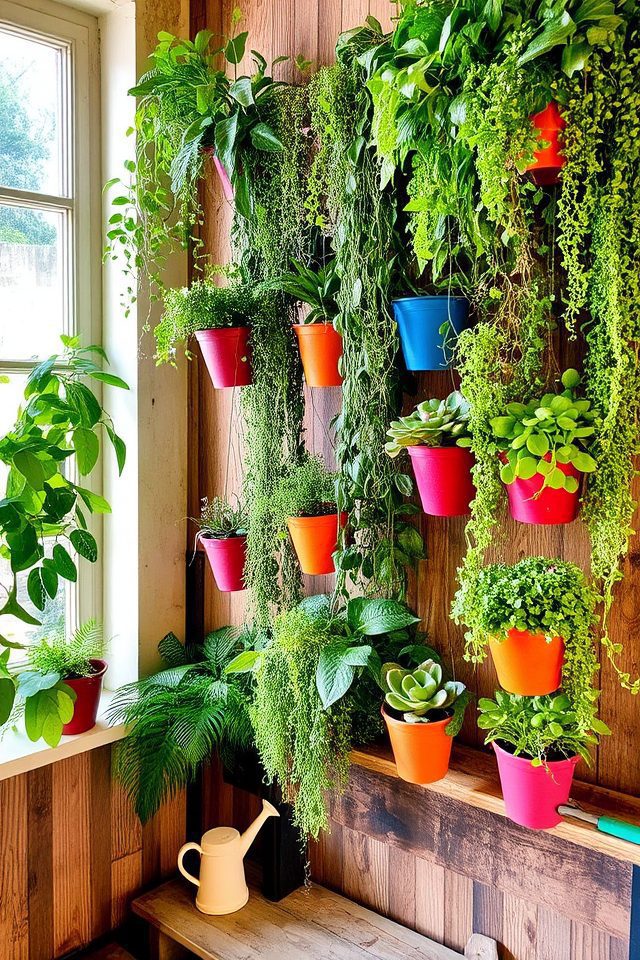
A vertical garden wall is an innovative way to bring nature into the classroom while enhancing creativity and engagement. Made up of various plants, this living installation not only beautifies the space but also promotes environmental awareness and responsibility among students. By involving them in the planting and maintenance process, teachers can facilitate hands-on learning experiences, encouraging teamwork and nurturing a sense of pride in their green project. It’s a dynamic way to inspire curiosity about botany and ecology.
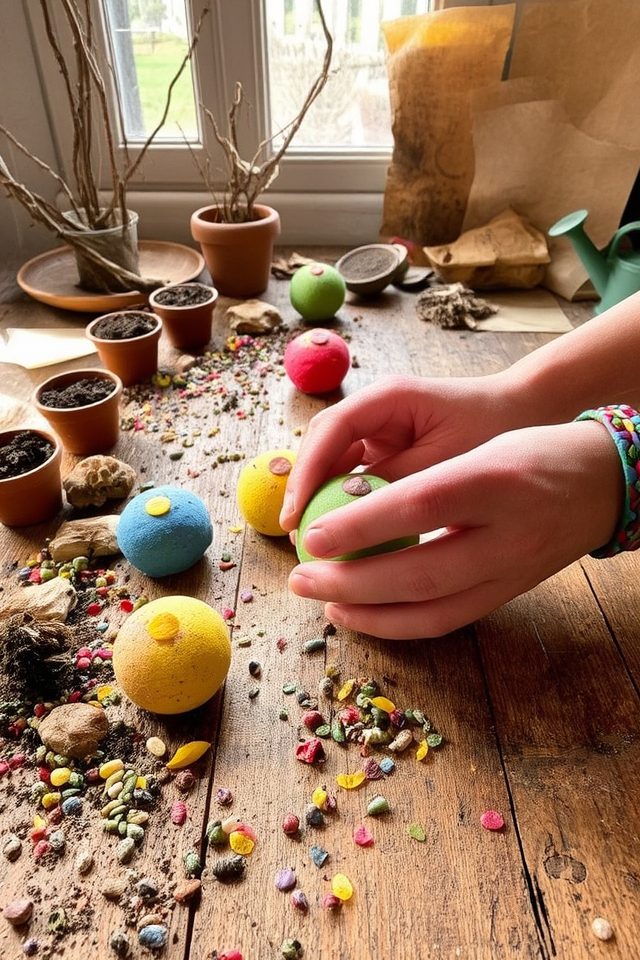
Seed bomb making is a fun and engaging activity that sparks creativity and fosters a love for nature among students. By combining seeds, clay, and compost, learners can create small, biodegradable balls that can be planted in various environments. This hands-on project not only teaches important ecological concepts but also encourages teamwork and resourcefulness. Students can personalize their seed bombs with different seeds, promoting biodiversity and allowing them to take part in outdoor beautification efforts.
Plant Care Journals are a fantastic way to merge creativity with environmental education in the classroom. Students can document their plant growth journey by noting watering schedules, sunlight exposure, and any changes they observe. Incorporating drawings, photographs, and reflections fosters a deeper connection to nature while enhancing writing and observational skills. These journals not only track progress but also inspire creativity and responsibility as students become caretakers of their own green companions.
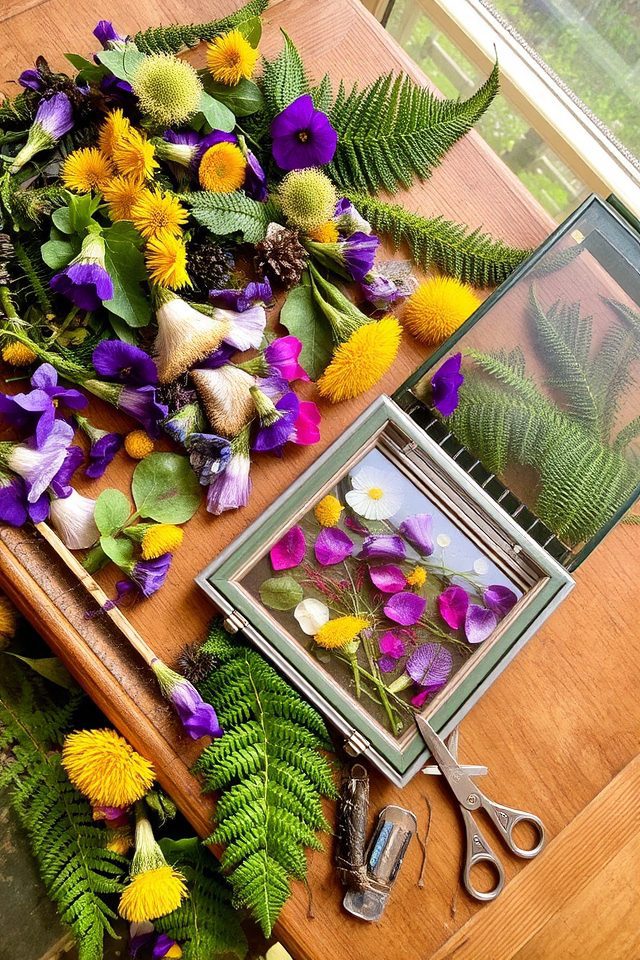
Flower pressing is a delightful classroom activity that combines art and nature. Students can collect various flowers, leaves, and petals during a nature walk or from the schoolyard. Using heavy books or a flower press, they can flatten and dry these beautiful specimens. Once dried, students can create stunning artworks, greeting cards, or incorporate pressed flowers into their journals. This activity not only nurtures creativity but also encourages an appreciation for the natural world.
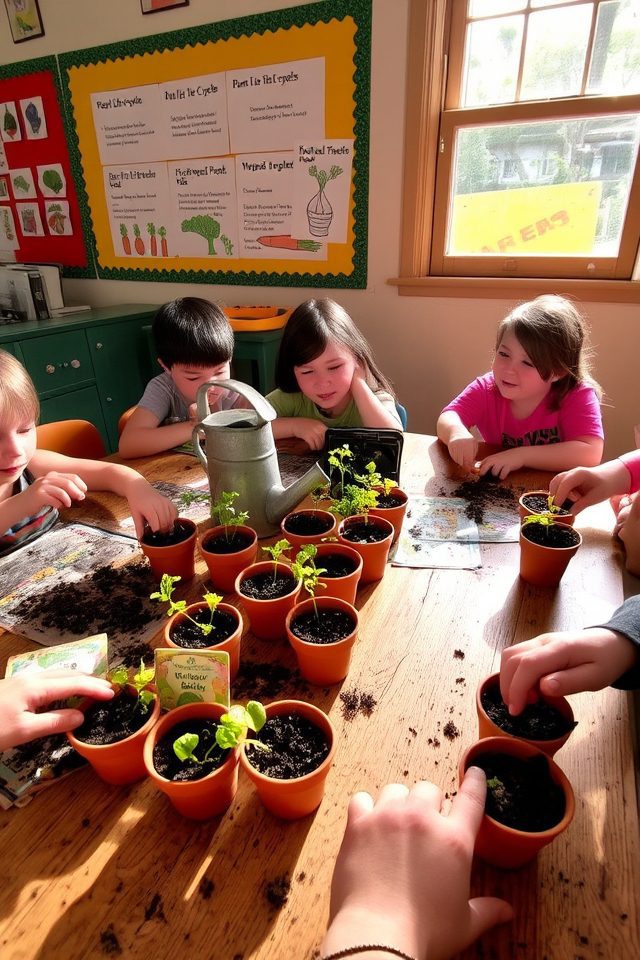
The Veggie Planting Project is an engaging initiative that allows students to connect with nature while learning about sustainability and healthy eating. Through hands-on planting and caring for vegetables, students can explore biology, ecology, and nutrition. Each step of the process—from seed selection to harvest—teaches responsibility and teamwork, providing a rewarding experience. By observing plant growth firsthand, students can foster a deeper appreciation for agriculture and the environment, enhancing their creativity and curiosity.
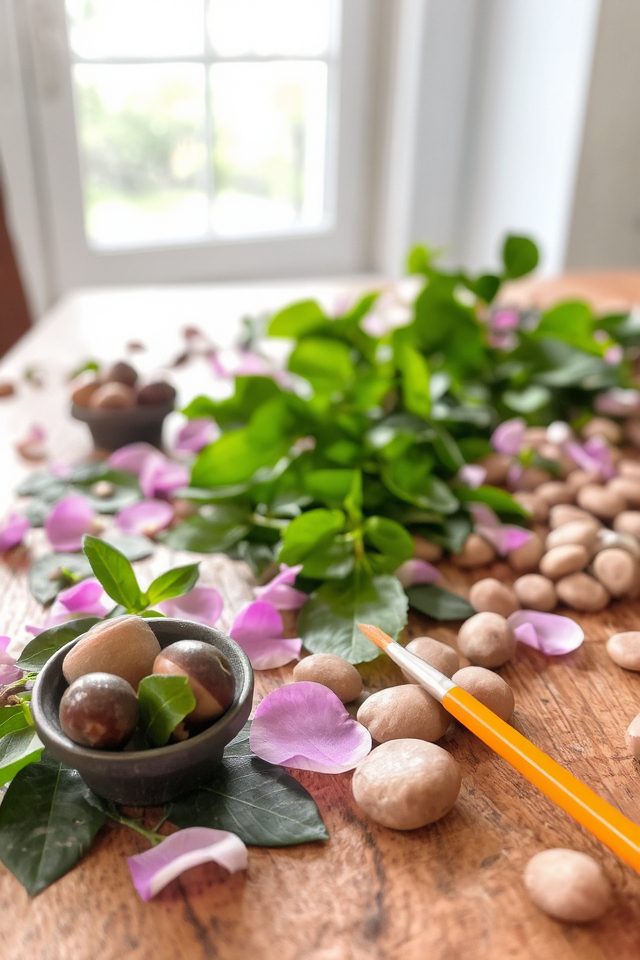
Nature-inspired art projects offer students the opportunity to connect with the environment while fostering creativity. By utilizing natural materials such as leaves, twigs, flowers, and stones, students can create unique artwork that reflects the beauty of nature. Activities might include leaf prints, flower arrangements, or creating sculptures from found objects. These projects not only encourage artistic expression but also enhance observational skills and promote discussions about biodiversity and ecological awareness in the classroom.
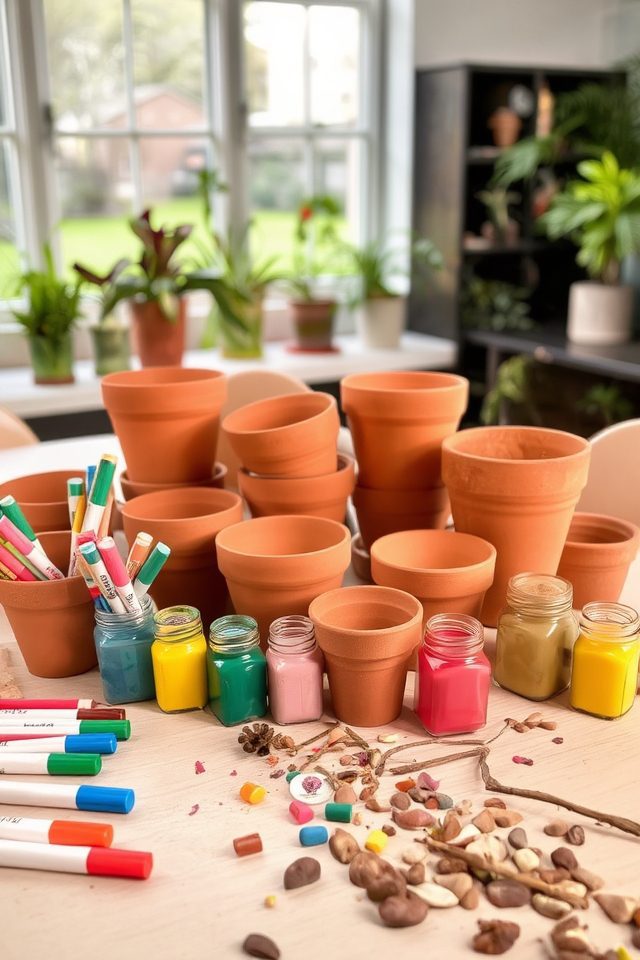
DIY plant pot decorating is a fun and creative way to engage students in the classroom. Using materials like paint, markers, stickers, and natural elements, students can personalize their pots to express their individuality. This hands-on activity not only fosters creativity but also enhances fine motor skills. As they design their pots, students can learn about plant care, the environment, and responsibility, making it a multi-faceted educational experience.
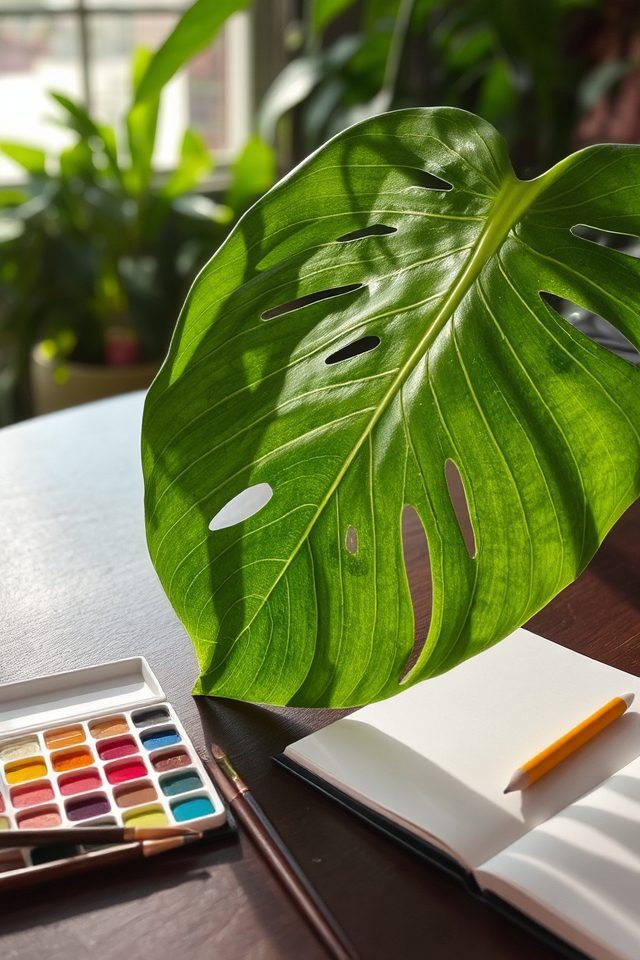
The Monstera leaf study offers a mesmerizing exploration of nature’s beauty, making it an ideal subject for classroom creativity. Students can engage in detailed observation of its unique shape, texture, and color variations. Through various artistic mediums, such as drawing, painting, or collage, they can express their interpretations while learning about plant biology and ecology. This study not only enhances creativity but also fosters an appreciation for the natural world and its intricate designs.
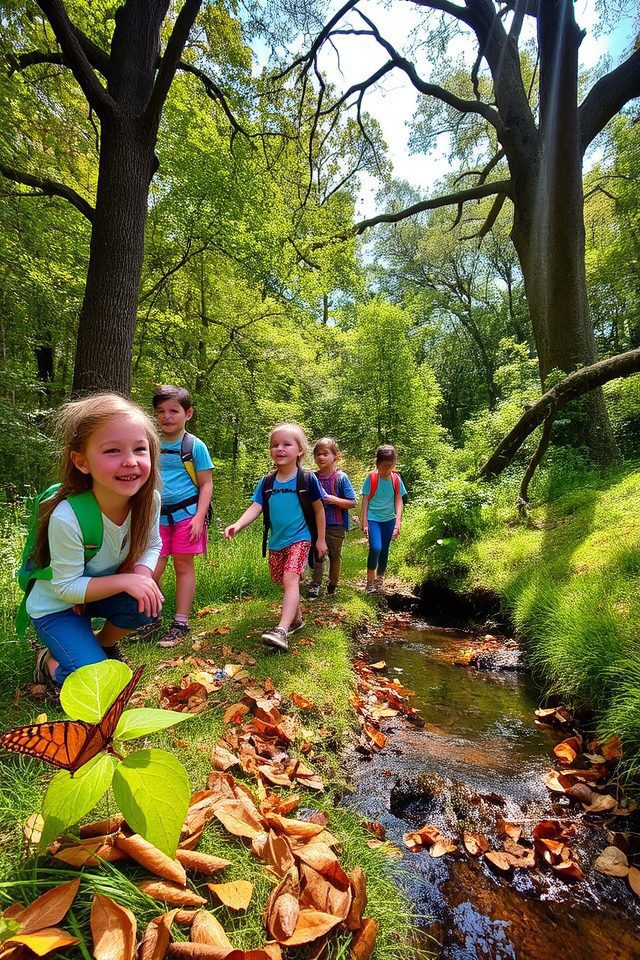
A Classroom Nature Walk is an engaging outdoor activity that allows students to explore and connect with their natural environment. During the walk, students can observe local flora and fauna, collect leaves or rocks, and make notes on their surroundings. This hands-on experience fosters curiosity and creative thinking as students use their senses to interpret nature. Educators can integrate lessons on biology, ecology, and art by encouraging students to sketch or write about their discoveries, promoting interdisciplinary learning.
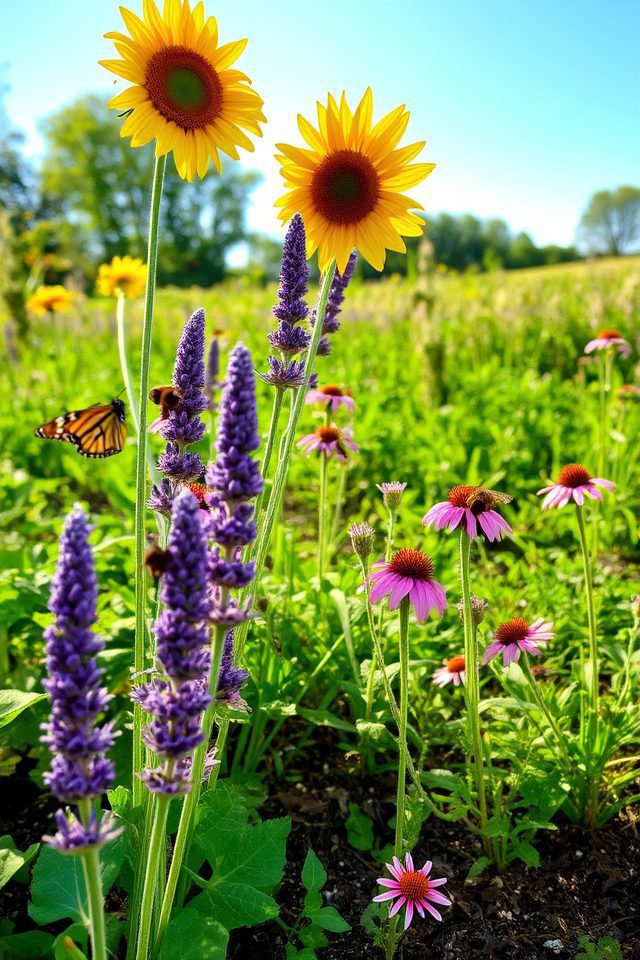
Pollinator-friendly plants are essential for enhancing classroom creativity while fostering environmental awareness. Introducing these plants, such as lavender, sunflowers, and milkweed, can create a vibrant learning space that attracts bees, butterflies, and hummingbirds. Students can engage in hands-on activities like planting, caring for the garden, and studying the life cycles of pollinators. This not only enhances learning about ecosystems but also encourages teamwork, responsibility, and an appreciation for nature’s beauty.
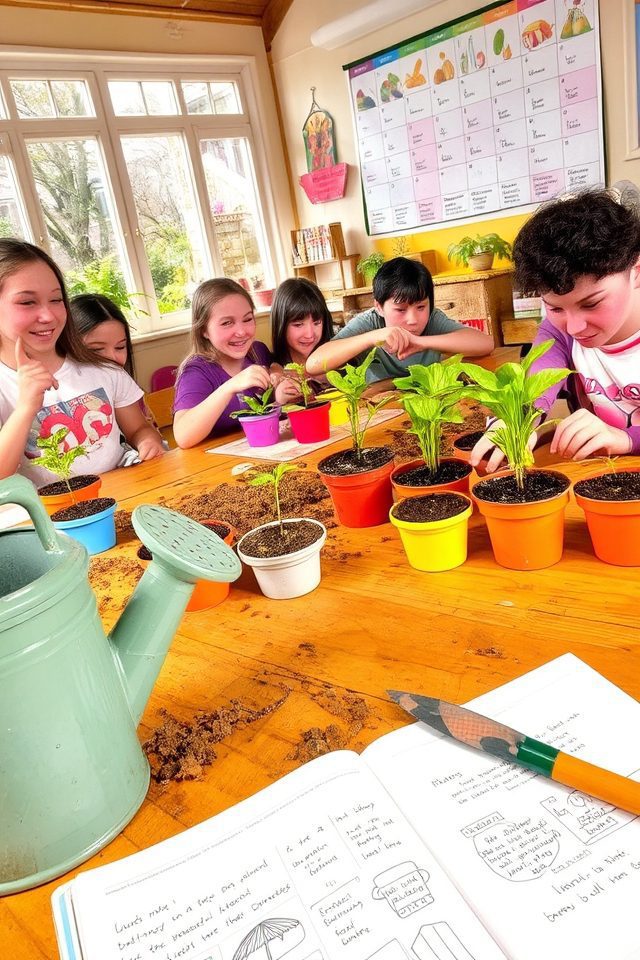
A seasonal planting calendar is a valuable resource for educators looking to integrate hands-on gardening projects into the classroom. It outlines the ideal times for planting various seeds and plants throughout the year, considering local climates and growing seasons. By following this calendar, teachers can plan engaging activities that align with seasonal changes, promote environmental awareness, and foster responsibility in students as they observe the growth process and learn about the life cycle of plants.
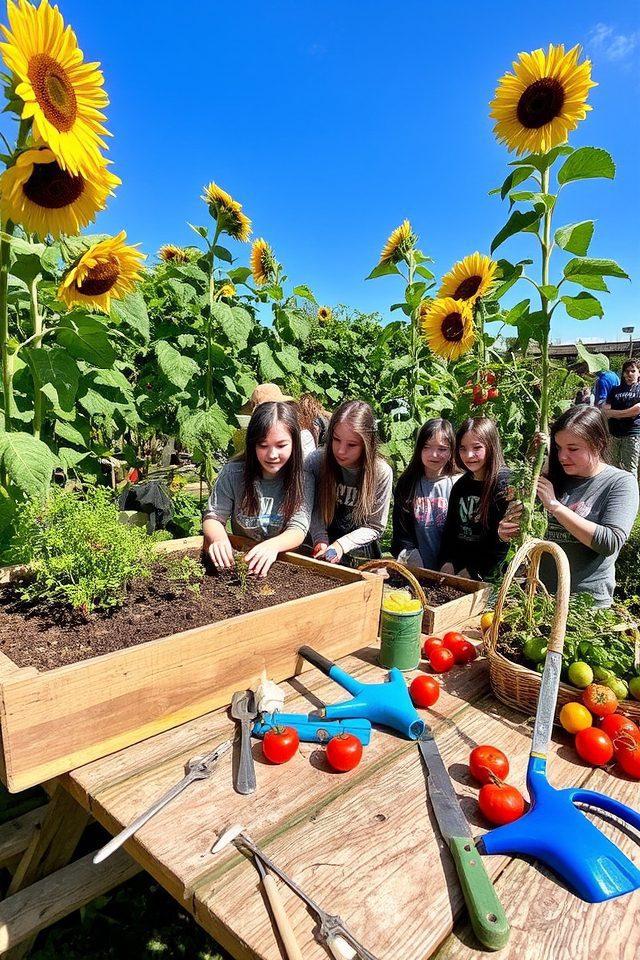
The Gardening Club Initiative encourages students to cultivate their creativity and teamwork skills through hands-on gardening projects. By engaging in outdoor activities, students learn about plant biology, sustainability, and the art of landscaping. The initiative not only fosters a sense of responsibility as students nurture their plants but also promotes environmental awareness and healthy eating habits. Regular meetings and workshops inspire innovative gardening techniques, making learning both enjoyable and impactful.
Incorporating these innovative planting ideas into your classroom can create an enchanting connection to nature. By nurturing creativity through activities like herb gardens and terrarium crafting, you’re fostering a flavorful, fun learning environment. Don’t forget to encourage collaboration with projects like seed bombs and vertical gardens. As you cultivate curiosity and camaraderie among students, you’ll spark their passion for the planet, promoting a lifetime of respect for the environment. So dig in and let the growing begin!

Don't let aphids, slugs, and caterpillars ruin another plant. Take back control with simple, natural methods that actually work.